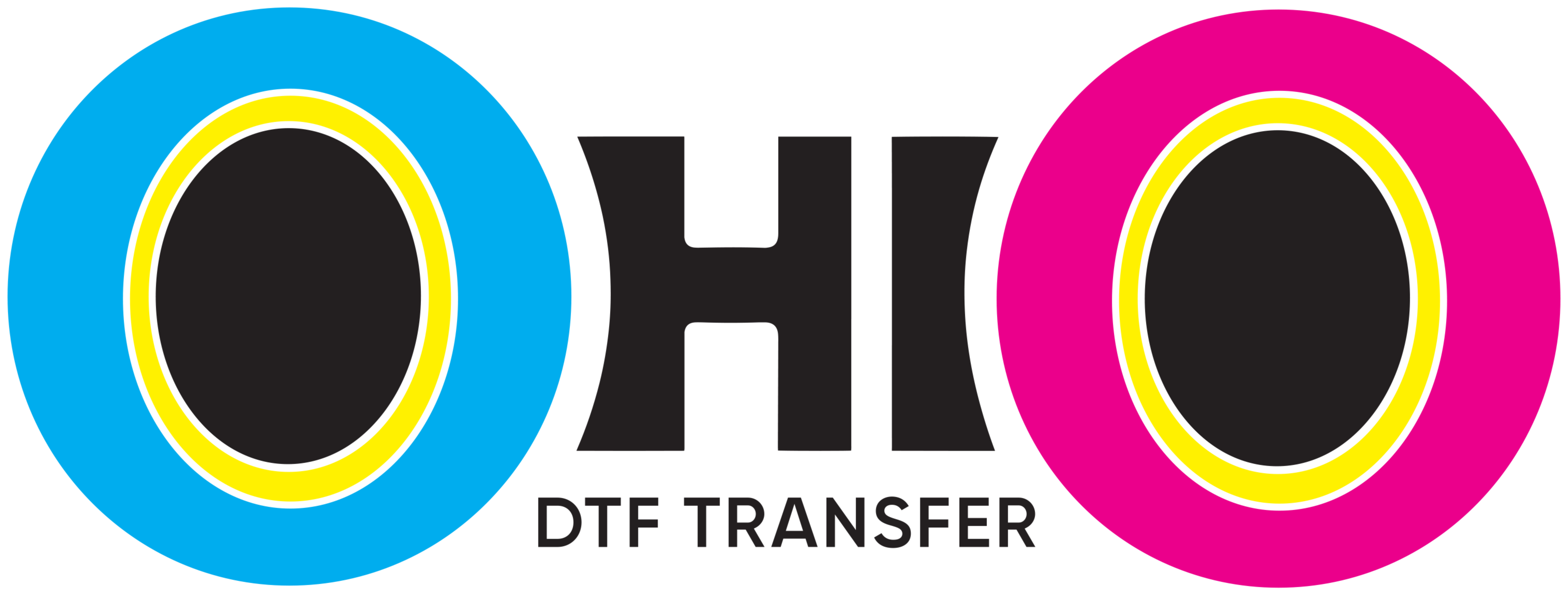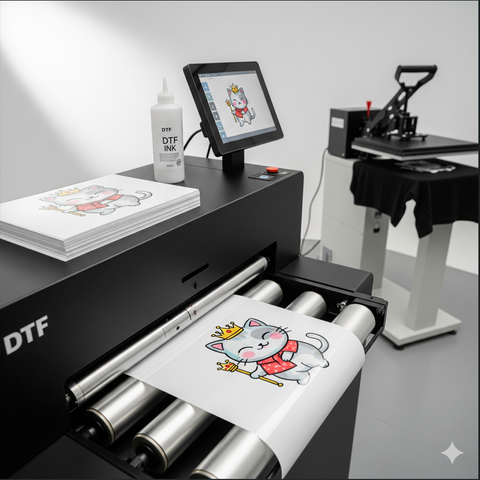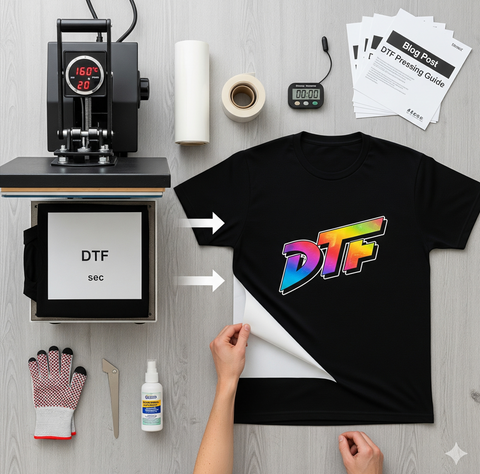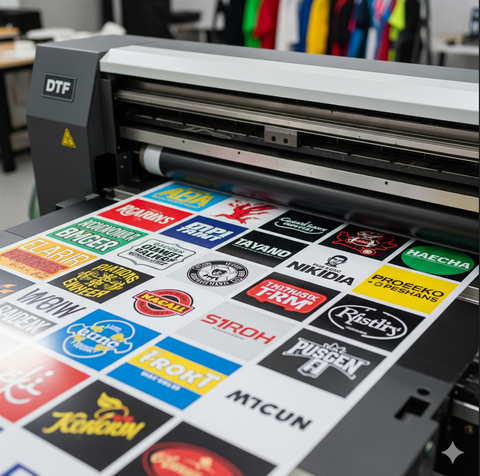DTF Transfer Temp And Time – The Key to Perfect Prints
DTF Transfer Temp And Time creating high-quality prints depends on proper temperature and pressing time. 🌟 These two factors are critical for producing durable, vibrant, and professional results. Hobbyists, small businesses, and local shops all benefit from knowing the correct settings. Proper control ensures consistent, long-lasting designs on apparel and other fabric items.
Understanding Heat and Timing in Printing
Direct-to-Film, or DTF, is a method where pre-printed designs on a film are applied to fabric. A heat press transfers the design by combining heat, pressure, and time. Both temperature and pressing duration influence how well the ink and adhesive bond with the material.
Using too much heat may damage the fabric or fade the design. Too little heat can cause prints to peel or lift. Correct settings guarantee prints remain sharp, colorful, and durable.
Recommended Temperature and Time
For most fabrics, the following settings work effectively: DTF Transfer Temp And Time
-
Temperature: 300–325°F (150–160°C)
-
Time: 10–15 seconds
These values provide strong adhesion and maintain color vibrancy. Adjustments may be needed depending on fabric type, thickness, or the type of film used.
Adjustments for Specific Fabrics
-
Cotton: Standard temperature and time usually work. Avoid overheating to prevent shrinking.
-
Polyester: Slightly lower heat protects the fibers from melting or distortion.
-
Blends: Balance settings between cotton and polyester recommendations.
-
Leather and Specialty Materials: Always test a small sample before full production. Adjust carefully to avoid damage.
Benefits of Correct Heat and Timing
Durable Prints: Proper heat and timing prevent cracking, peeling, or fading over time.
Vibrant Colors: Correct settings preserve brightness and contrast.
Professional Finish: Prints remain smooth, clean, and sharp.
Reduced Waste: Following recommended settings minimizes mistakes and saves materials.
Time Efficiency: Knowing the right settings speeds up production, especially during bulk printing.
How to Apply Transfers
-
Prepare Fabric: Ensure the surface is clean, flat, and wrinkle-free. Remove dust or debris.
-
Set Heat Press: Adjust to the recommended temperature and pressure.
-
Place the Transfer: Align the design carefully for a polished result.
-
Press the Design: Apply even pressure for the recommended duration.
-
Cool and Peel: Allow the fabric to cool slightly before peeling off the protective film.
Tips for Best Results
-
Pre-wash garments to prevent shrinking.
-
Avoid stretching the fabric while pressing.
-
Store transfers in a cool, dry location.
-
Test a single piece when using a new type of fabric.
Common Mistakes
-
Excessive heat can scorch fabric or fade the ink.
-
Pressing for too long may create uneven adhesion.
-
Too little heat or time results in weak or incomplete prints.
Creative Uses
Proper heat and timing allow for many creative applications:
-
Customize t-shirts, hoodies, tote bags, and hats.
-
Produce promotional items or corporate merchandise.
-
Make personalized gifts for friends or clients.
-
Experiment with small designs without wasting materials.
Local Business Applications
Many printing shops in Houston, Tampa, and Miami rely on precise heat and timing. 🌈 Consistent application ensures high-quality results every time. Shops can manage bulk orders efficiently while keeping colors vibrant and sharp.
Small business owners especially benefit. They avoid large equipment investments and reduce material waste. They can produce multiple products in a shorter time without sacrificing quality.
Advantages for Hobbyists
Even home users gain benefits. They can achieve professional-looking prints without advanced tools or experience. Experimentation becomes easier, and mistakes are less costly. Creative projects like custom apparel, gifts, or event merchandise are faster to complete.
Conclusion - DTF Transfer Temp And Time
Mastering the right temperature and pressing time is essential for every printing project. Correct settings ensure vibrant, long-lasting, and professional results. Adjusting for fabric types improves efficiency and reduces errors.
Hobbyists and small businesses can produce high-quality products consistently. Understanding these key elements allows creative freedom while maintaining reliability. Whether for apparel, gifts, or promotional items, the right heat and timing are crucial.
Proper control over temperature and pressing duration guarantees prints remain sharp, colorful, and durable. It improves workflow, minimizes mistakes, and ensures a polished final product. By mastering these settings, anyone can achieve professional results with confidence.





